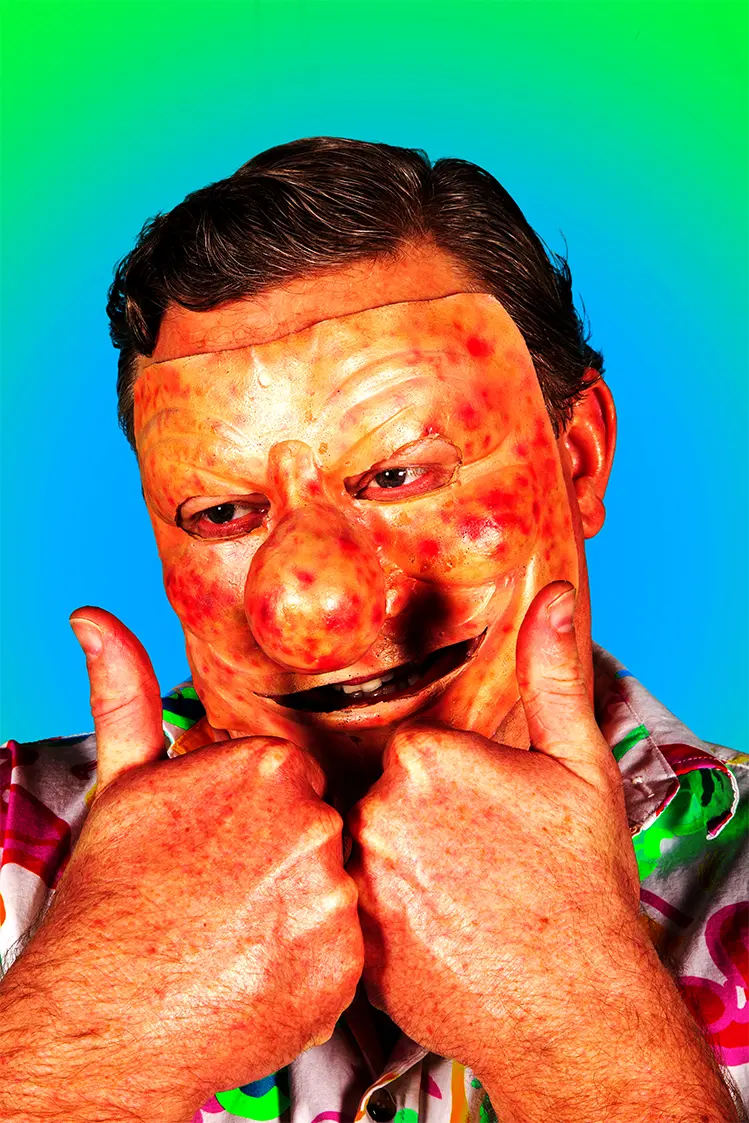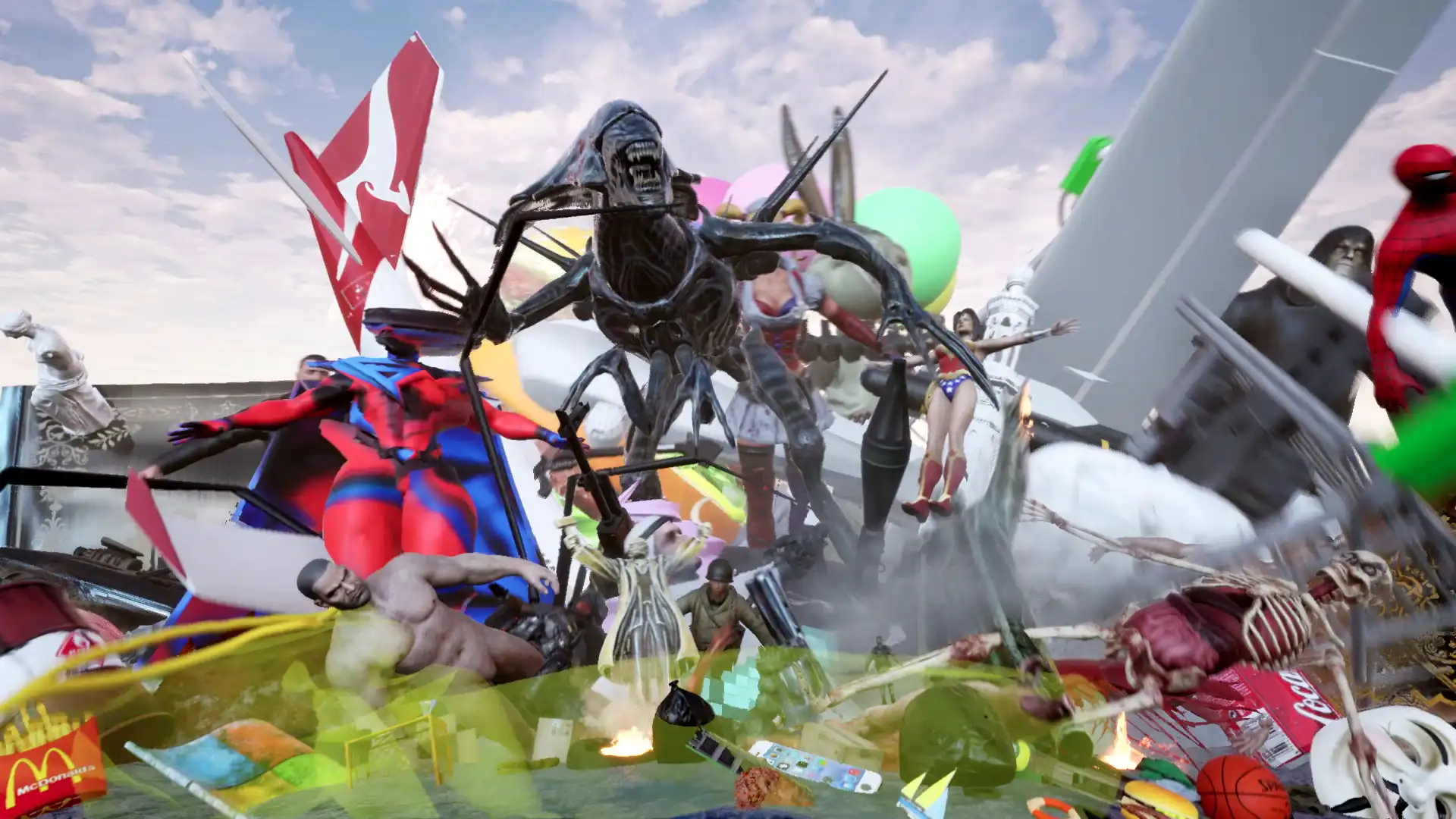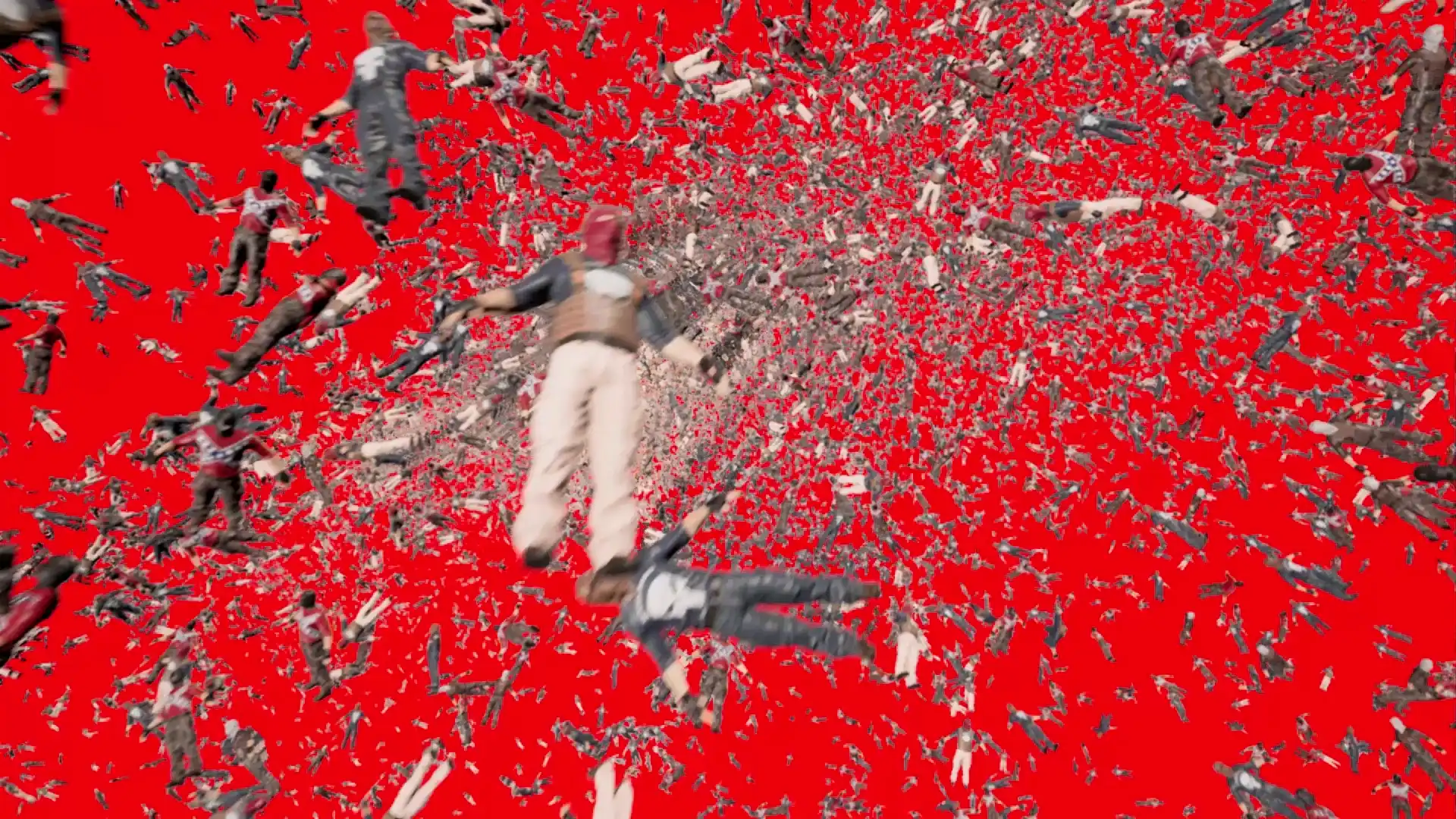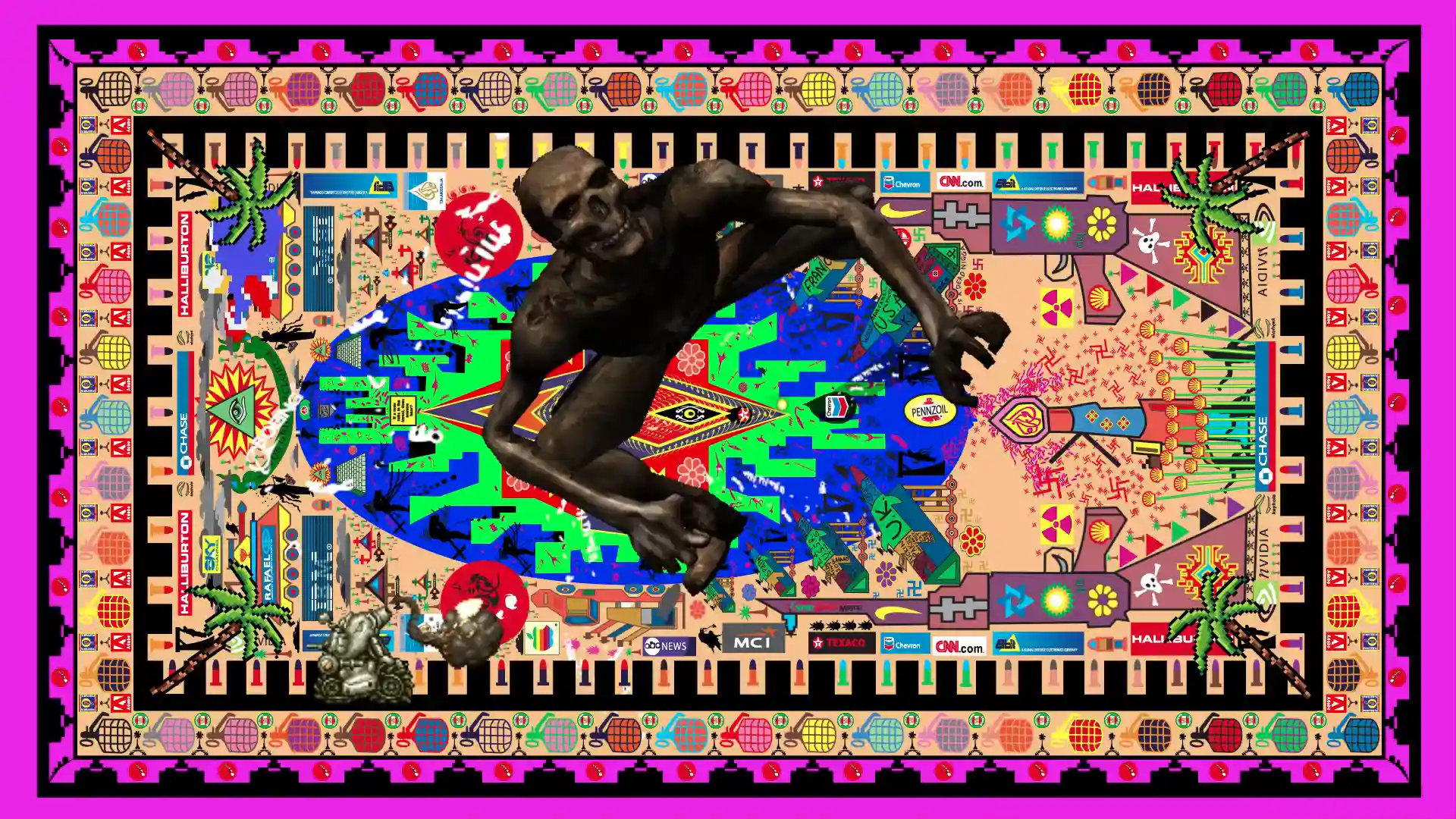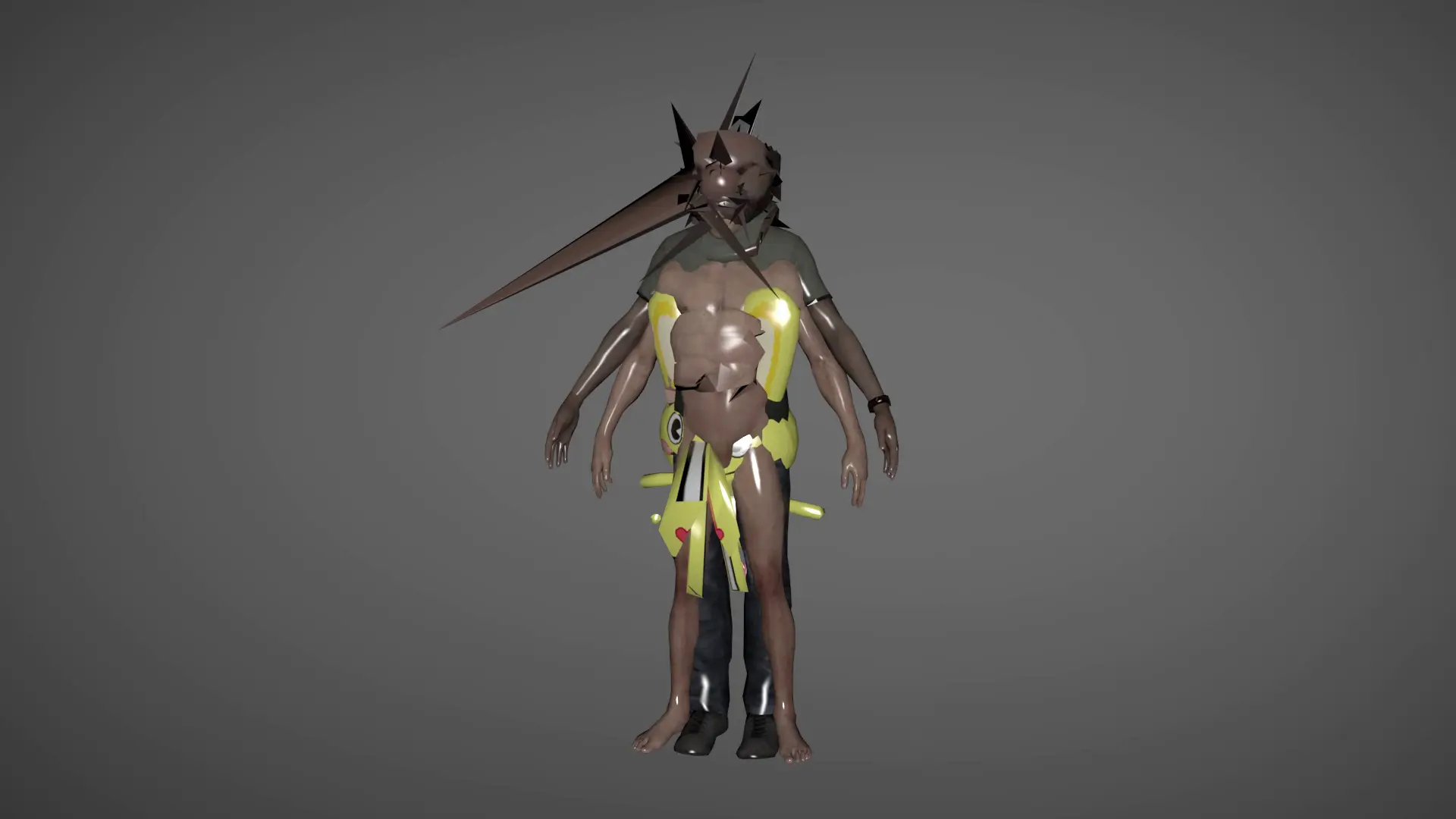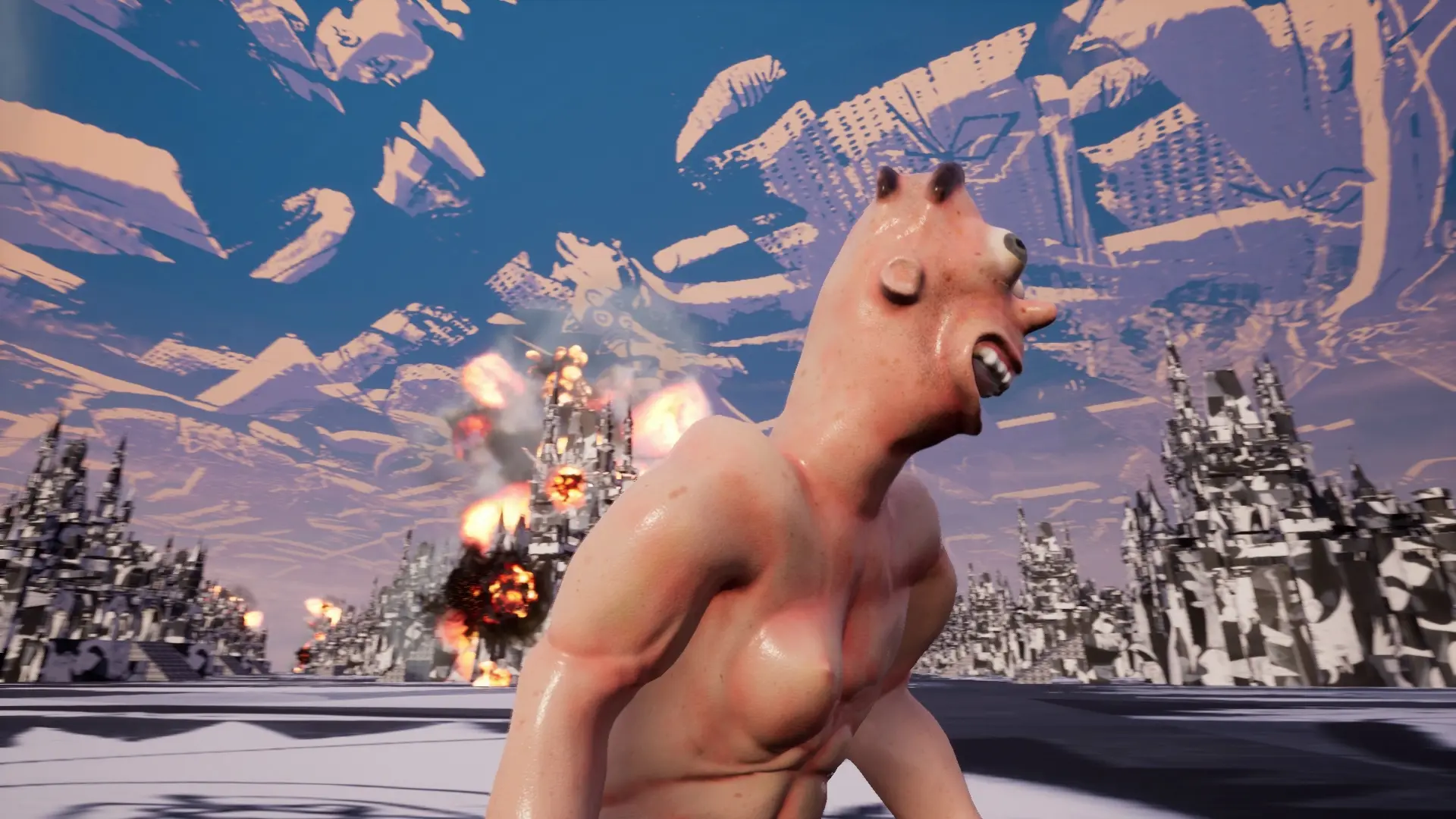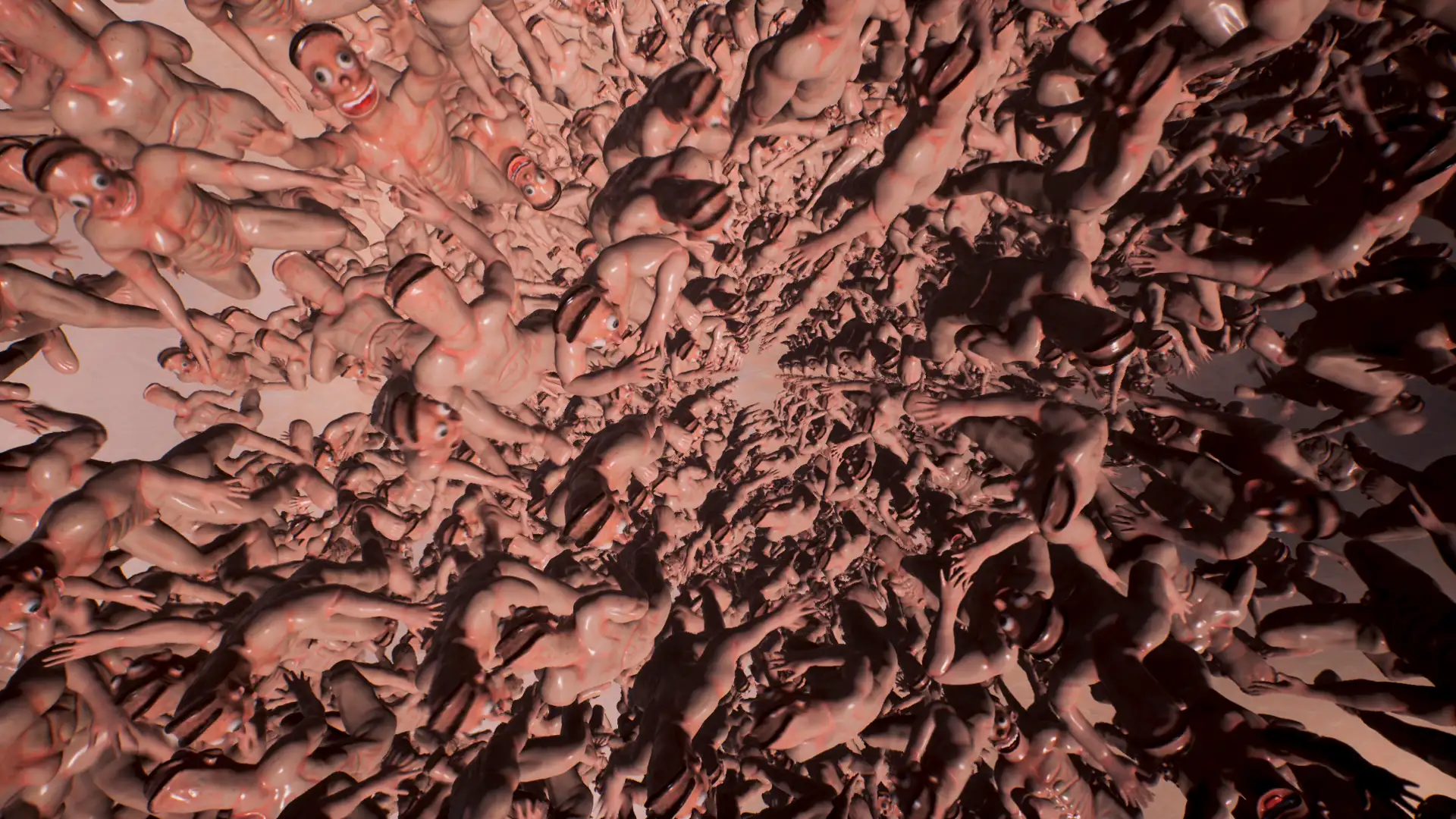NEW DAWN: Part I
An Interview with Chris Howlett
MATHIAS JANSSON
MATHIAS JANSSON art critic and poet based in Sweden, writes on game art and contemporary art. During the last decade we can see a closer connection between war, video games, art and political activism. The term “joystick war” is used to describe a new kind of warfare. Soldiers far away from war zones sit in safe office environments in front of monitors and continually steer drone flights with a joystick with which they can spy on or destroy the enemy. These virtual wars have previously been questioned by several artists such as Joseph Delappe, Harun Farocki and Wafaa Bilal. In many cases, these artists have combined footage from real wars with virtual wars (as video games) to question the borders between real and virtual warfare.
Chris Howlett follows this tradition in his new exhibition “New Dawn” when he remixes videos from computer games with online content from news channels and other sources. Howlett examines a changing world where virtual and real life are increasingly entangled and blurred. What will happen to our understanding and experience of violence, death, love and friendship when the borders between real and virtual are no longer discernable?

above: New Dawn: Part I, 2013. 4-channel, unsynched colour video with stereo atop of a Flash Gordon logo in ply and acrylic. Installation details. Boxcopy Artist Run Space, Brisbane, Australia.
Jansson: Let’s start with the title of your exhibition “New dawn”. How did you come up with the idea?
Howlett: Initially, the title for the show came from two different news stories that surreptitiously came one after the other as I was channel changing on television. The first channel was a news story about a U.S. military operation in Afghanistan called New Dawn and as I switched to the next channel a news story cut to images of violence in Greece where a far-right neo-fascist party called Golden Dawn was gaining popular support. Both stories and the way each group carefully constructed the narratives around themselves in their interviews stuck in my mind. I thought by borrowing one of their names, I would be able to construct a frame for the new body of work which would conjure up many different associations about the near future and the possible repercussions new technology would have on the body. Earlier that same day, my local video store closed down and out the front on their illuminated sign they had arranged and left behind the final block lettering notice in place to read, “THE INTERNET KILLED THE VIDEO STORE”. As I looked into the empty store I thought to myself, what else will the internet kill off?
Jansson: As you say we live in some sort of breaking point where soon we will live more of our life in the virtual world, on the net, than in the real world. But technology has always had dualistic tendencies; it can be both good and bad. So what kind of new dawn are you seeing in front of you? Is it a utopian or dystopian future?
Howlett: Generally, I don’t have a pessimistic outlook as I look toward the future, but sometimes it’s very hard not to be cynical about the way online global trends such as downloading films or the popularity of Facebook can lead to the demise of one institution and the rise of another such as the development of powerful surveillance and data mining programs like PRISM, ESCHELON or Magic Lantern. If we didn’t all swarm or mall around Facebook, Tumblr, Google or YouTube turning them it into the primary social networking and search engine platforms, would the development of PRISM have been possible? I don’t think this is such a great leap to make. I believe that it is necessary to have a presence online, but at what cost do these new technologies pose to civil liberties. Our own personal bytes of information can be sold, traded or stored for economic gain by a third party whose intentions are not of our own making, but can be closely aligned with profit or mysteriously fall under the guise of secretly protecting us from terrorists.
The troubling argument being made to us by our politicians and corporate media is that we need to lose some of our rights in order for the State to keep us safe from those wishing us harm.
But how many freedoms do we give up in order to remain free or democratic? Is it as simple as deleting your Facebook account? Well no its not because just by deleting your Facebook account you’re not deleting all of your information since its stored on servers – your comments and messages to friends will be left intact, and they want to hold onto that information for as long as possible – if not indefinitely, like most banks. Presently, there are over six hundred million users on Facebook. In the third quarter for 2013, they’re worth around $40 Billion which has been greatly undervalued by its original owners who previously estimated it at 141 Billion, but what about our cut? Didn’t we also work for the company by uploading all of our personal and creative data for them to sell off and enable them to boast about how they built the largest database the world has ever `seen’? Oh I forgot, it’s free.
Jansson: The exhibition “New Dawn” consists of a 4 channel machimima/video art installation. (Machinima is short for machine animated movies created in video games.) What made you start working with Machinima and videogames?
Howlett: To me, games have always been a powerful medium from an early age, since it’s through play that we as individuals first start to make sense of reality and the ways in which we use these arbitrary rules within a ‘magic circle’ to expand our own sense of self and inter-personal relationships. I can remember when PC video games only came on floppy discs and their pixels were green. Now with the exponential rise of faster processing speeds and increased memory cache in personal computers, graphic cards and mobile platforms, as well as the game consoles wars of Sony and Microsoft beginning to usurp the function of the television in the home as the primary media platform, it has become unavoidable not to recognize games and their cross-platform medium types as powerful new forms of media to use within art making.
For me, Machinima became just another artistic process to learn and expand my skill set in developing another space to communicate my thoughts and ideas outside of traditional modes of video production. One of the main attractions of this medium is the ingenuity of players who make up this diverse, global community and the vast array of hacking software tools that are developed and freely disseminated via modding websites, chat-rooms, bulletin boards and forums across the net. As well, my interest in DIY hardware hacking and my visual tendencies towards appropriation and remixing strategies in art-making lends itself quite easily to immersing myself within these communities.
Jansson: The 4 channel machimima/video art piece you are working on uses different themes such as violence, death, euphoria and identity whilst mixing virtual and real images from video games and the web. The borders between what is real and what is virtual seem to be a key to your work? Why are these borders so fascinating?
Howlett: Today I think the borders between what is real or virtual has become quite uncertain. We are currently in the stages of renegotiating what this means, especially when considering the effects these spaces of co-habitation have on social and political change. For instance, watching someone dying on the ground shot by a sniper in the current Syrian Civil War via Youtube then suddenly clicking over to young boys and middle-aged men making Halo, Assassin Creed or Dead Island weaponry in their own garage, begs the question; How much do virtual events such as playing FPS (first person shooter) games influence or shape an individual’s actions in the real world? This way of reasoning is still relevant only if you still make the distinction between one reality as Actual versus the other version of reality as Virtual, rather than the position to which I ascribe, that they are the one and the same, which I ascribe to.


